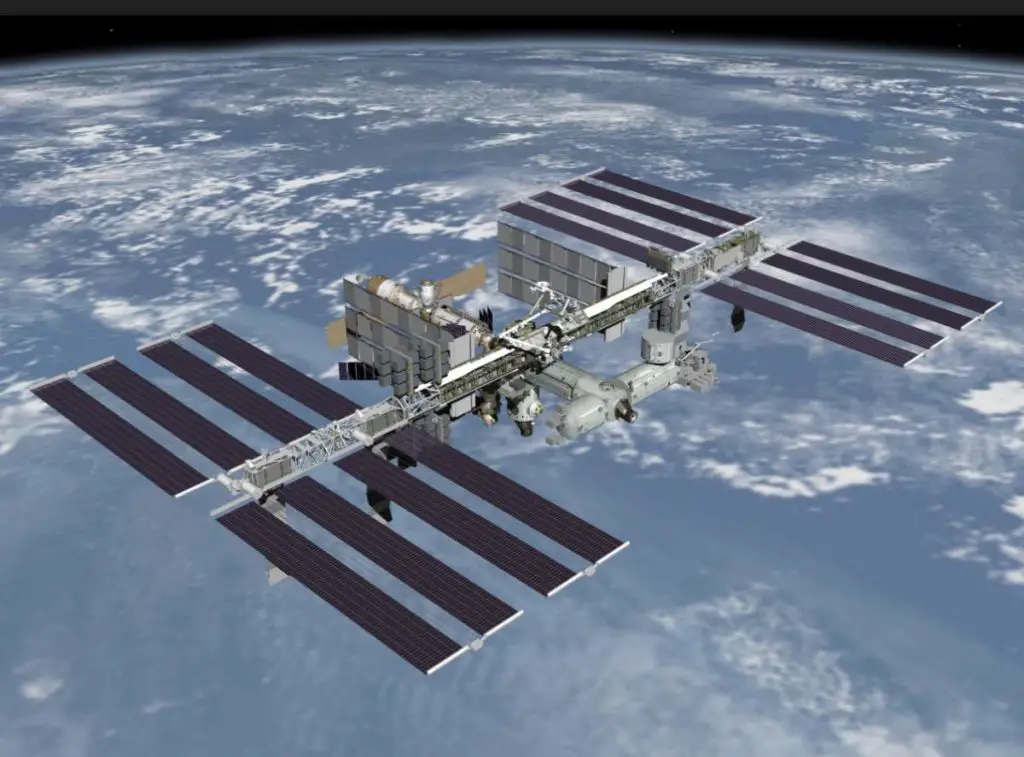On November 2, 2018, NASA has published the first Ultra-HD 8k video from space. The video focuses on science efforts aboard the International Space Station (ISS) and features some important investigations and facilities. It also includes a few amazing Earth views from space.
Dylan Mathis, communications manager for the International Space Station Program at NASA’s Johnson Space Center in Houston, says: “This new footage showcases the story of human spaceflight in more vivid detail than ever before. The world of camera technology continues to progress, and seeing our planet in high fidelity is always welcome. We’re excited to see what imagery comes down in the future.”
The first 8k video from space: featured investigations and facilities in the video
The science being conducted aboard the International Space Station is answering questions that hold the keys to our future in space, and on Earth.
0:01, 2:36 BEST
An investigation now aboard the space station, Biomolecule Extraction and Sequencing Technology (BEST), seeks to advance
- Identifying microbes aboard the space station that current methods cannot detect,
- Assessing microbial mutations in the genome because of spaceflight,
- Performing direct RNA sequencing.
All use compact tools, including the MinION miniature sequencer, already proven to work onboard the space station.
0:13 The Minus Eighty-Degree Laboratory Freezer for ISS
The Minus Eighty-Degree Laboratory Freezer for ISS (MELFI) is a cold storage unit that maintains experiment samples at ultra-cold temperatures throughout a mission. Although MELFI is technically capable of operation at any setpoint between 10°C (14°F) and -99°C (-146.2°F), there are three standard operating modes; -95°C (-139°F), -35°C (-31°F) and 2°C (35.6°F).
0:21 The Advanced Plant Habitat (APH)
It is a recent addition to the space station. Roughly the size of a mini-fridge, the habitat is designed to test which growth conditions plants prefer in space and provides specimens a larger root and shoot area. This space, in turn, will allow a wider variety of crops to grow aboard the station. Thus far, the habitat has been used to grow and study Arabidopsis, small flowering plants related to cabbage and mustard, and high-yield, disease-resistant Dwarf Wheat.
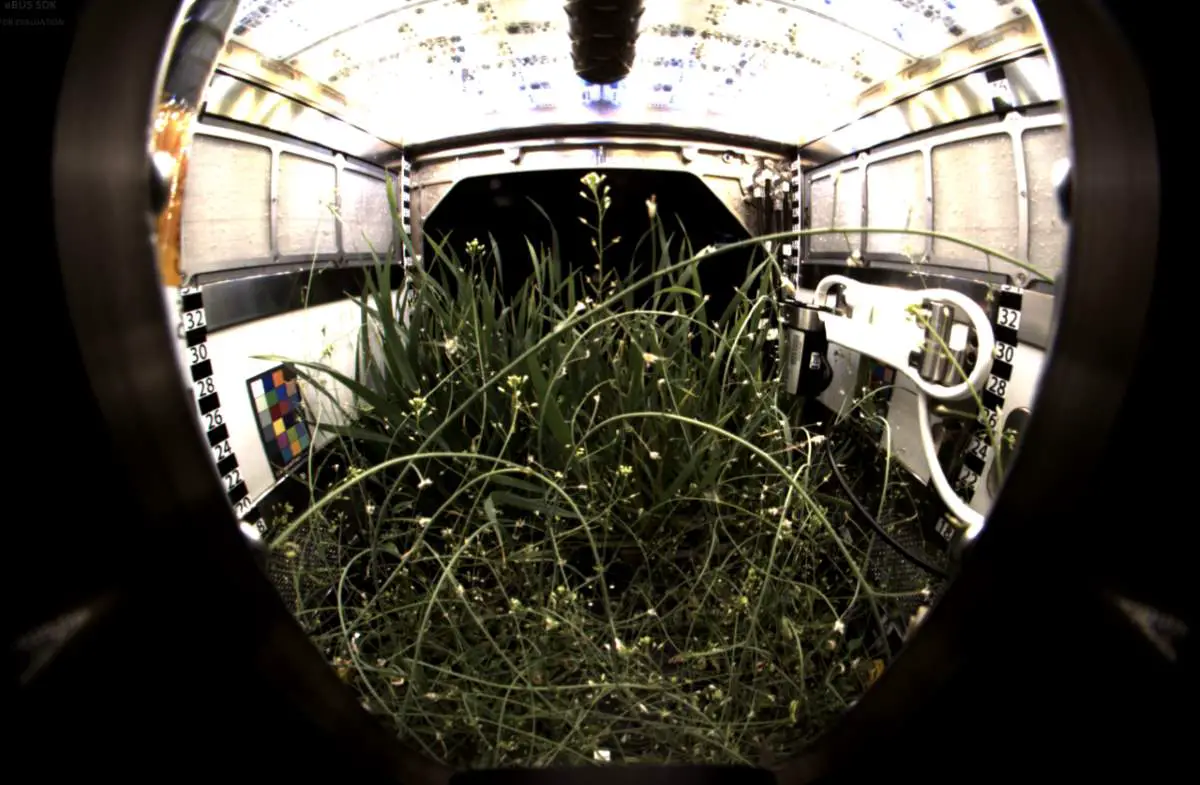
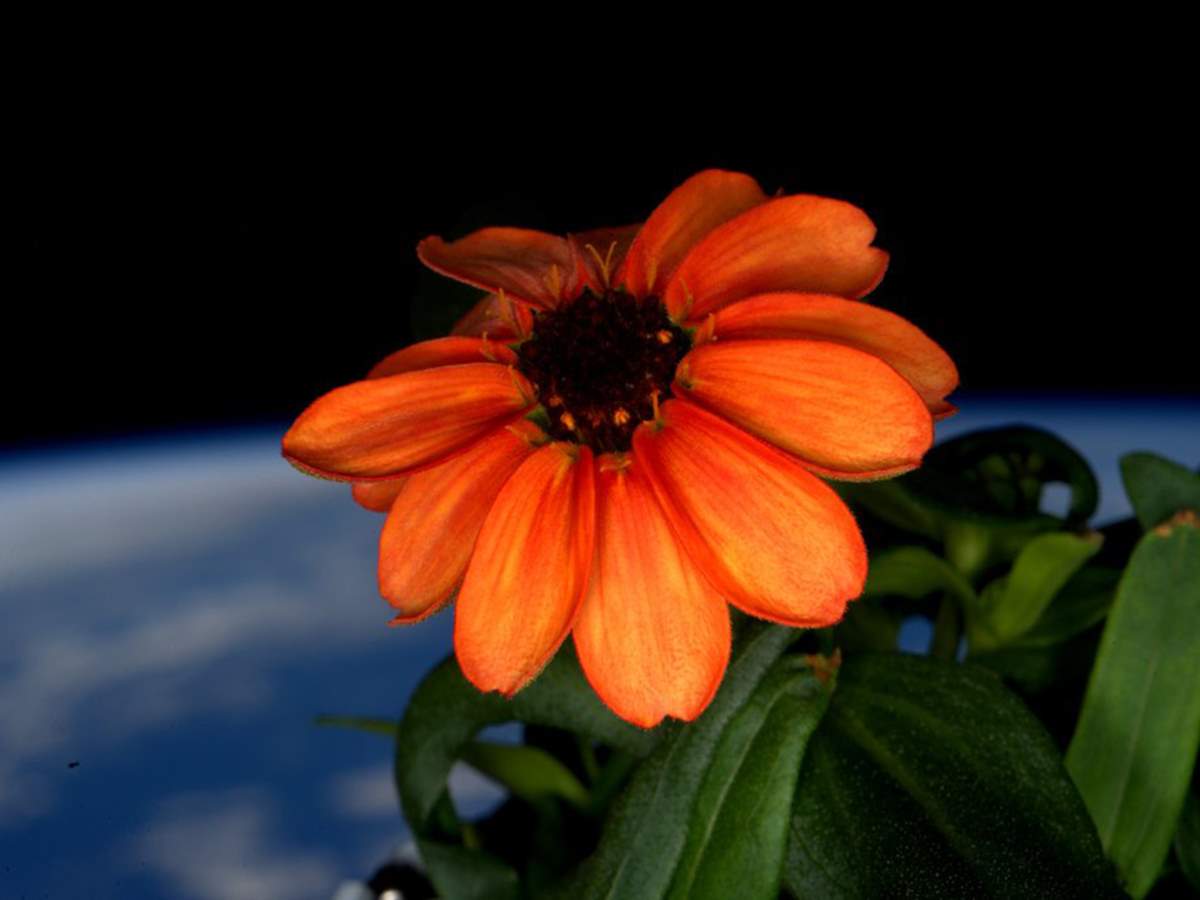
Related: The First Flower Grown in Space
0:33 Canadarm2
Canadarm2 is part of Canada’s contribution to the ISS. This 17-meter-long (56 feet) robotic arm was extensively involved in the assembly of the orbiting laboratory.
This Canadian robotic arm lends a helping hand to:
- perform Station maintenance
- move supplies, equipment, Dextre, and even astronauts
- perform “cosmic catches” by grappling visiting vehicles and berthing them to the ISS.
0:41 Crew Earth Observations
In Crew Earth Observations (CEO), crew members on the International Space Station (ISS) photograph the Earth using digital handheld cameras from their unique point of view located 200 miles above the surface. Photographs record how the planet is changing over time, from human-caused changes like urban growth and reservoir construction to natural dynamic events such as hurricanes, floods, and volcanic eruptions.
0:49 The Light Microscopy Module (LMM)
The Light Microscopy Module (LMM) is a modified commercial, highly flexible light imaging microscope facility. It enables novel research of microscopic phenomena in microgravity.
0:53 The Advanced Colloids Experiment-Temperature-2 (ACE-T-2)
0:57 Plant Habitat-1
The PH-01: An Integrated Omics Guided Approach to Lignification and Gravitational Responses: The Final Frontier (Plant Habitat-01) investigation comprehensively compares differences in genetics, metabolism, photosynthesis, and gravity sensing between plants grown in space and on Earth. Since the space environment is stressful for all living organisms, understanding how plants respond will help crews on future missions successfully grow plants for food and oxygen generation. Results from this investigation provide key insights about major changes occurring in plants exposed to microgravity.
1:05 Cupola
Launched aboard Space Shuttle mission STS-130 on 8 February 2010, The Cupola is a European Space Agency (ESA)-built observatory module of the International Space Station (ISS). Its name derives from the Italian word cupola, which means “dome”. Its seven windows are used to conduct experiments, dockings (it gives visibility to support the control of the Station’s robotic arms), and observations of Earth.
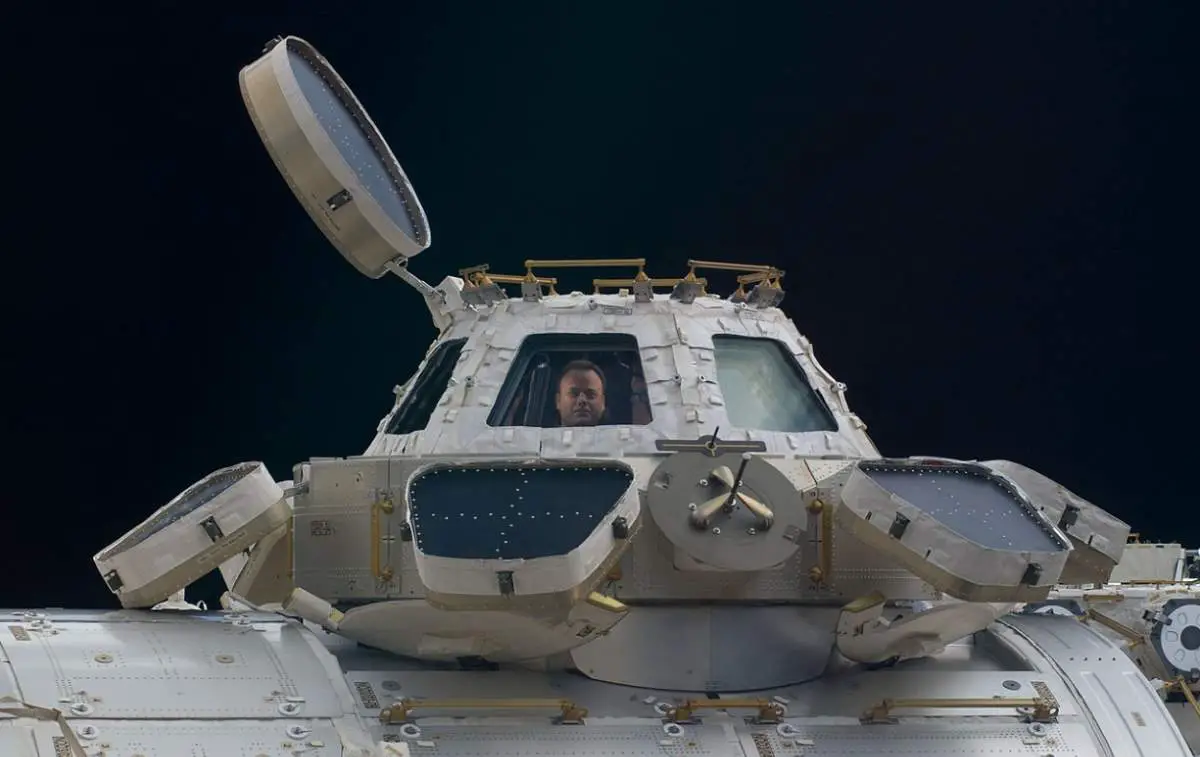
1:14 The ATOMIZATION Experiment
The ATOMIZATION experiment investigates the liquid spraying process in microgravity, on board the Japanese Experimental Module (JEM).
1:30 BCAT-CS
Quantifying Cohesive Sediment Dynamics for Advanced Environmental Modeling (BCAT-CS) aboard the ISS National Laboratory (NL) tests whether universal scaling laws may be used to describe inter-particle forces (of cohesive and adhesive nature) in sediment suspended in a liquid. The resulting scaling laws are implemented to obtain the first complete and fully realistic numerical model for the dynamics of cohesive sediment.
1:38 Functional Immune
The human immune system is altered during spaceflight, which may increase the likelihood of adverse health events in crew members. This facility, the Functional Immune Alterations, Latent Herpesvirus Reactivation, Physiological Stress, and Clinical Incidence Onboard the International Space Station (Functional Immune) investigation analyzes blood and saliva samples to determine the changes taking place in crew members’ immune systems during flight.
2:03 Life Support Rack (LSR)
The LSR captures carbon dioxide from cabin air and recovers 50% of its oxygen for use by the astronauts. LSR operates for a minimum of one year on the International Space Station to demonstrate the robustness of the technology for future Exploration Missions.
2:15 The Japanese Experiment Module Airlock
It is used to deliver science experiments to external platforms, and prepare small satellites for deployment from station.
2:23 SPHERES Tether Slosh
It combines fluid dynamics equipment with robotic capabilities aboard the International Space Station to investigate automated strategies for steering passive cargo that contain fluids. In space, the fluid fuels used by spacecraft can slosh around in unpredictable ways making space maneuvers difficult.
SPHERES Tether Slosh uses two Synchronized Position Hold, Engage, Reorient, Experimental Satellites (SPHERES) robots tethered to a fluid-filled container covered in sensors to test strategies for safely steering spacecraft such as dead satellites that might still have fuel in the tank.
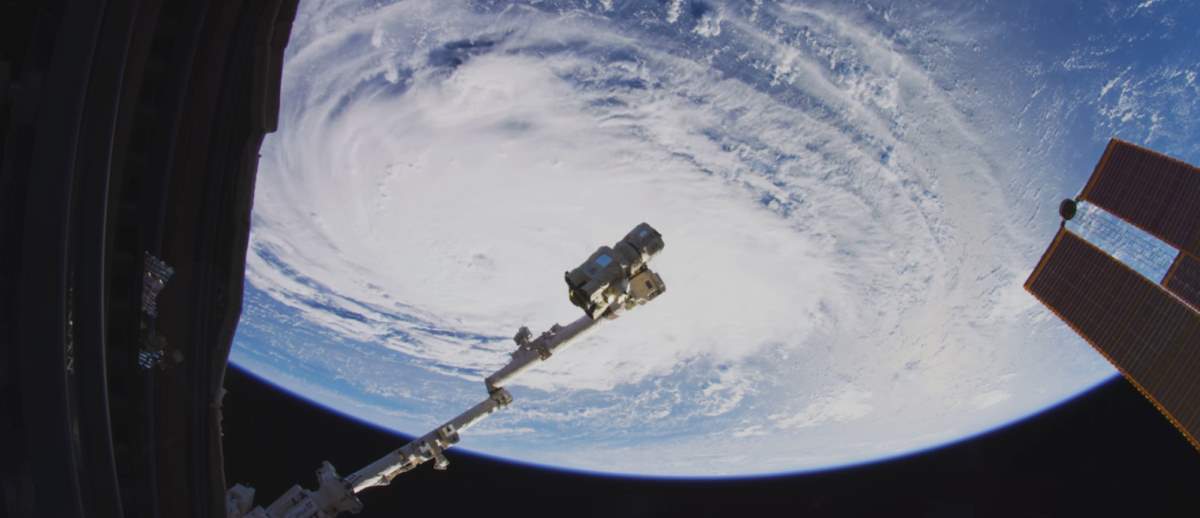
Notes
- Launched on March 11, 2008, Dextre, also known as the Special Purpose Dexterous Manipulator (SPDM), is a two-armed robot, or telemanipulator, which is part of the Mobile Servicing System on the International Space Station, and does repairs otherwise requiring spacewalks.
Sources
- “Investigation Tests BEST Method of DNA and RNA Sequencing” on the NASA website
- “Minus Eighty-Degree Laboratory Freezer for ISS” on the NASA website
- “Giving Roots and Shoots Their Space: The Advanced Plant Habitat” on the NASA website
- About Canadarm2 on the Canadian Space Agency website
- Crew Earth Observations (CEO) on the NASA website
- Light Microscopy Module on the NASA website
- Advanced Colloids Experiment-Temperature-2 on the NASA website
- “PH-01: An Integrated Omics Guided Approach to Lignification and Gravitational Responses: The Final Frontier” on the NASA website
- Cupola on the European Space Agency website
- Cupola (ISS Module) on Wikipedia
- “Detailed validation of the new atomization concept derived from drop tower experiments–Aimed at developing a turbulent atomization simulator” on the NASA website
- “Quantifying Cohesive Sediment Dynamics for Advanced Environmental Modeling” on the NASA website
- “Functional Immune Alterations, Latent Herpesvirus Reactivation, Physiological Stress, and Clinical Incidence Onboard the International Space Station” on the NASA website
- Life Support Rack on the NASA website
- SPHERES Tether Slosh on the NASA website
- “Experience High-Res Science in First 8K Footage from Space” on the NASA website
- Space Shuttle Endeavour’s Touchdown Meets Columbia’s Salute [An amazing photo from the past] - February 29, 2024
- Moon Landings: All-Time List [1966-2024] - February 23, 2024
- From Orbit to Ordinary: 10 Earthly Applications of Space Technology - January 23, 2024
